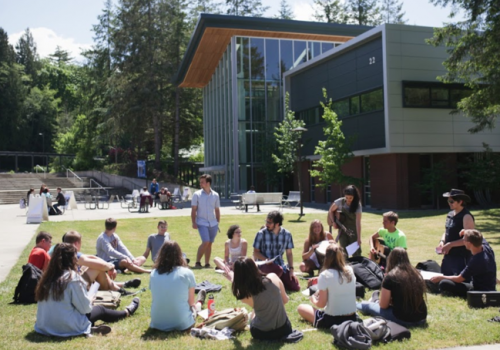Takeaways:
- Beverage manufacturing third fastest-growing industry
- Engineering industry growing in tandem
- Right-sized production requires skillful amalgam of business, art, and engineering
Craft brewing and distilling has been a hot trend, so it’s no surprise to see that beverage manufacturing was the third fastest-growing industry in the United States in 2017.
“This is a very exciting trend because it’s bringing more creative, distinctive local beverages back to neighborhoods and communities,” says ICC Vice President Alex Alexandrov. “I’d say the American beer scene now rivals any place in the world in variety and flavor quality.”
The 17 percent increase in beverage manufacturer sales in 2017 was, tellingly, matched by the same rate of increase for engineering services. Regardless of the type or flavor of the brew, all these breweries and distilleries have one thing in common: large or small, they need production facilities engineered to their particular needs.
That’s where the expertise of an experienced engineering and production design firm can give any size brewer or distiller the business edge.
“Engineers tend to design for every eventuality and will never stop trying to perfect their design,” says Alexandrov. “If you allow that to happen, your facility will take forever to go into production, it will certainly have all the bells and whistles, and it will cost a fortune.”
Knowing what to look for in an engineering partner is the key:
Business focus: ICC begins each client project with a design brief, taking time to get to know the client’s business in depth, along with the client’s current and future production goals. The design brief is completed before the engineers even get involved
- Taking a page from Jim Collins’ Good to Great, ICC focuses on the core of its own business value to ensure that it meets clients’ business needs. “We have to be as good at delivering the project on time and on budget as we are at designing it,” says ICC VP of Process Engineering Ryan Coates.
Fit-for-purpose: Engineers have a particular way of approaching a challenge. Their highly technical mindset can actually work against you if you don’t know how to distill a project down to the essence of what your company actually needs.
- For a multi-national food and beverage conglomerate, ICC was called in after the company had received an estimate of more than $11 million for a new filling line from its favorite manufacturer. The conglomerate asked ICC to find a way to reduce the costs. ICC met with the company’s sales and marketing teams, production planners, engineers, and other stakeholders to construct a very clear vision of what the line would produce. The end result was a “right-sized” line for the client and a price tag reduced to just over $7 million.
ICC is an engineering and design partner you can trust to create visionary, compliant, and cost-efficient solutions. Click here to learn more.
Sustainability:Reducing emissions, utility use, and waste isn’t just good for the planet, it can reduce costs while enhancing a brewery’s reputation.
- For one brewery client in the Pacific Northwest, ICC engineers figured out how to filter residual hop oils out of carbon dioxide gas before re-liquification, enabling the brewery to capture and re-use about 85 percent of its C02. It was a feat no other engineering firm had been able to surmount. For another brewery, ICC engineers were able to containerize a C02 recovery system to help the client avoid building permit issues. Housed in two, stacked 40-foot shipping containers, the completely contained and removable system allows the brewery to now generate 100 percent of its own C02 rather than purchase it from a supplier.
Efficiency: All ICC work is process-driven. ICC analyzes production facilities from raw material intake all the way through to packaging and warehousing.
- Analyzing every stage of the manufacturing process, ICC suggests tweaks that increase throughput, decrease labor utilization, and decrease utility use. “Half the time, we find that there are too many filling lines in production because the client wants flexibility. But flexibility is expensive,” notes Alexandrov. “We quantify the improvements into dollars and sense, using the plant’s own accounting system and numbers to create a miniature business case. We’ve never failed to reduce unit cost by less than 15 percent, and payback is always less than 18 months.”









